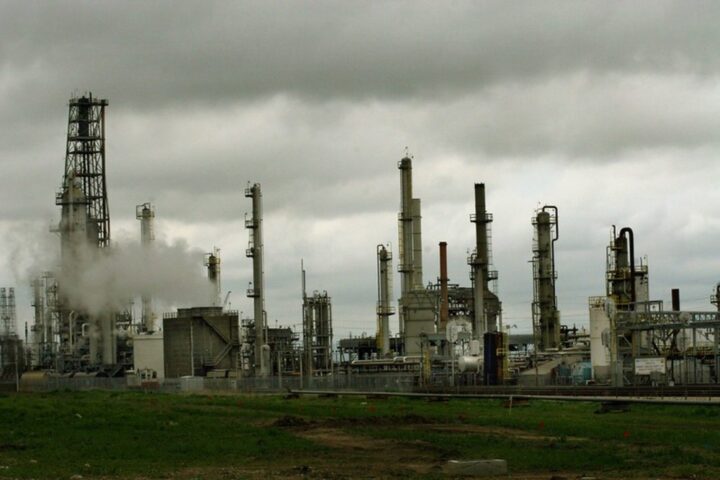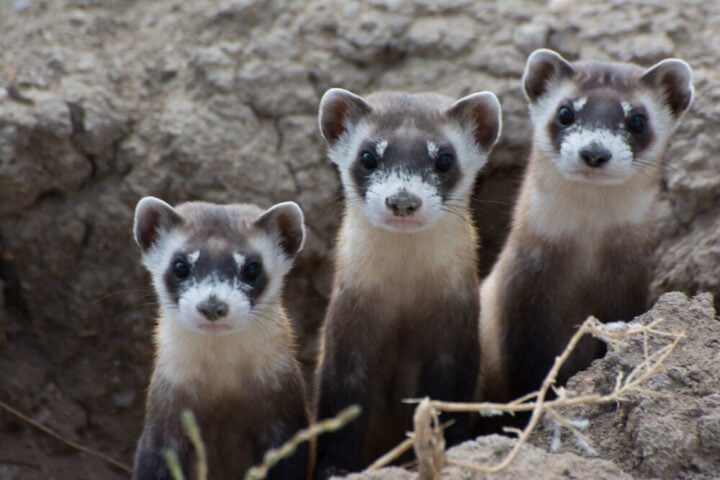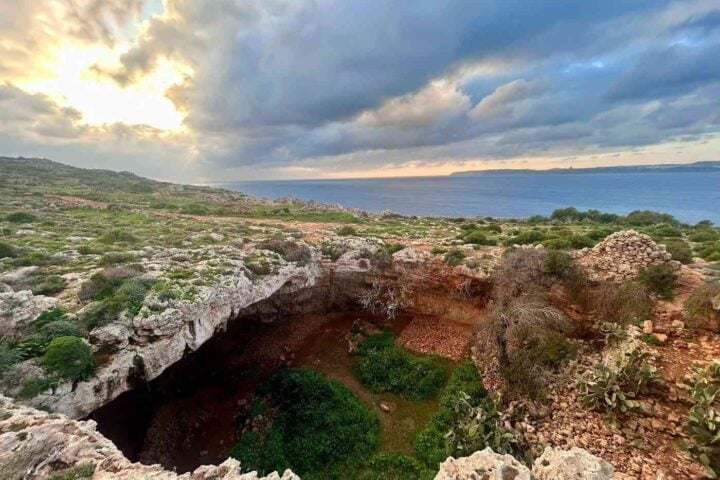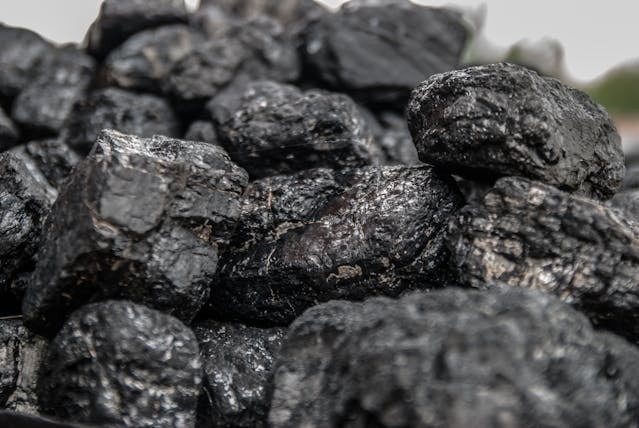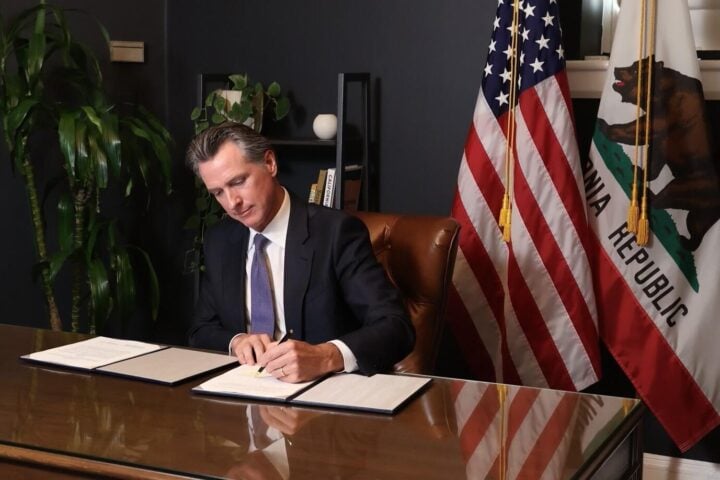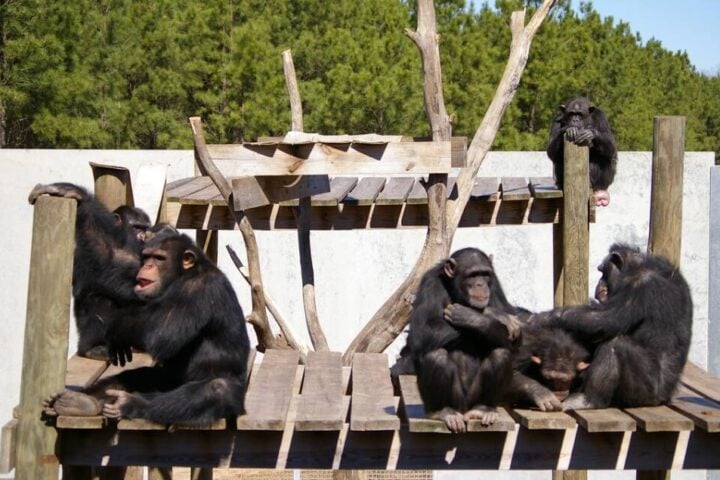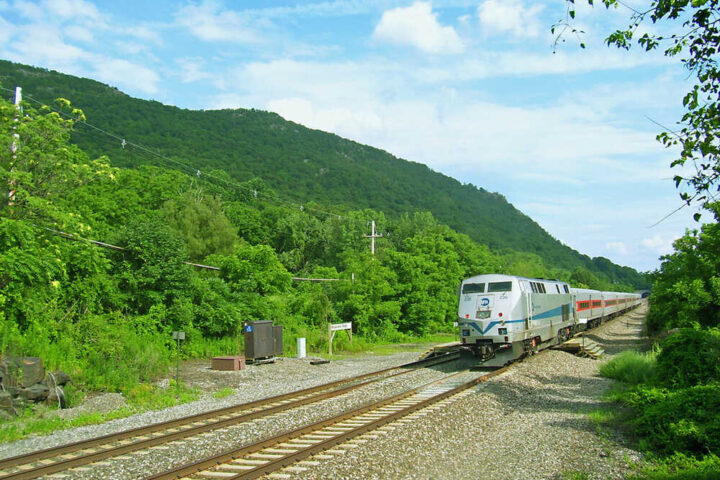The International Space Station, continuously occupied since November 2000, faces an unexpected debate about its future. Elon Musk wants to bring it down in two years. NASA and other space agencies plan to keep it running until 2030.
Musk’s company SpaceX recently won an $843 million contract to build the vehicle that will eventually guide the station back to Earth. The timing of this return is now causing heated discussion among experts.
“It has served its purpose,” Musk wrote on social media platform X. He believes resources should focus on reaching Mars instead.
The station does more than just float in space. Scientists there have conducted more than 4,000 experiments. They study how medicines behave without gravity. They test new materials that could improve high-purity fiber optic cables for faster communications on Earth.
“The unique environment of space allows us to develop pure pharmaceuticals,” explains David Alexander from Rice Space Institute. These discoveries could lead to better medicines back on Earth.
Similar Posts
The station also helps prepare for longer space trips. Astronauts‘ bodies change in space – their bones get weaker and muscles shrink. Understanding these changes is crucial for future missions to Mars.
Space historian Jordan Bimm sees another important role: “It has a diplomatic purpose.” The station brings together scientists from the United States, Russia, Europe, Japan, and Canada. Astronauts from 18 different countries have visited.
Students benefit too. They can talk directly with astronauts through amateur radio. Schools use the station’s experiments to teach science and math in more engaging ways.

The debate isn’t just about science – it’s about safety too. The station is as big as a football field. Bringing it down requires careful planning. SpaceX’s new vehicle will need to guide it to an uninhabited region of the Pacific Ocean where it can safely break apart.
NASA continues supporting the original 2030 timeline. They see the station as essential for both research and preparing for future space travel. Meanwhile, the astronauts aboard continue their daily work, running experiments that could benefit life on Earth.
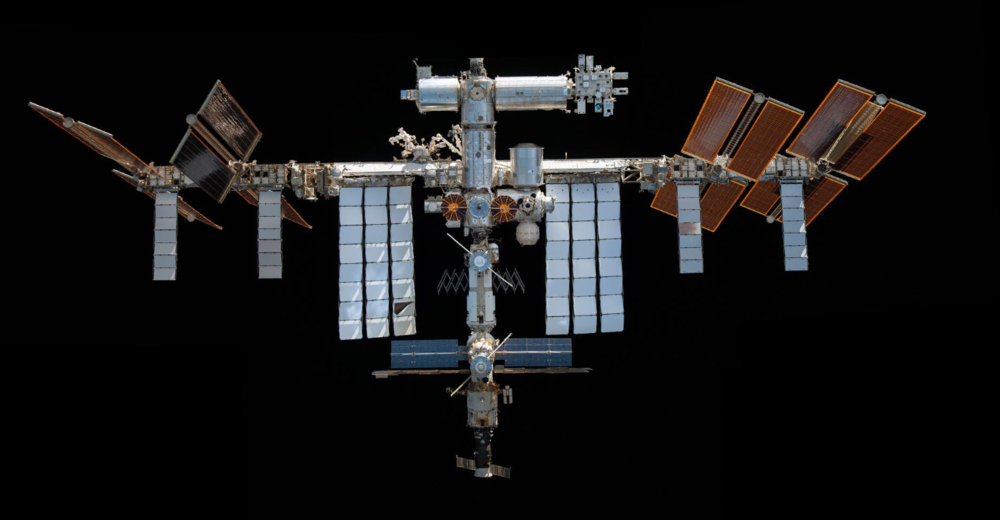
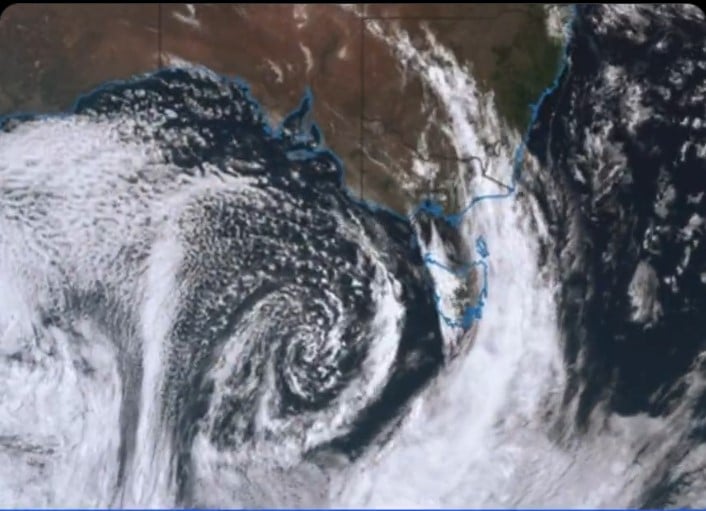
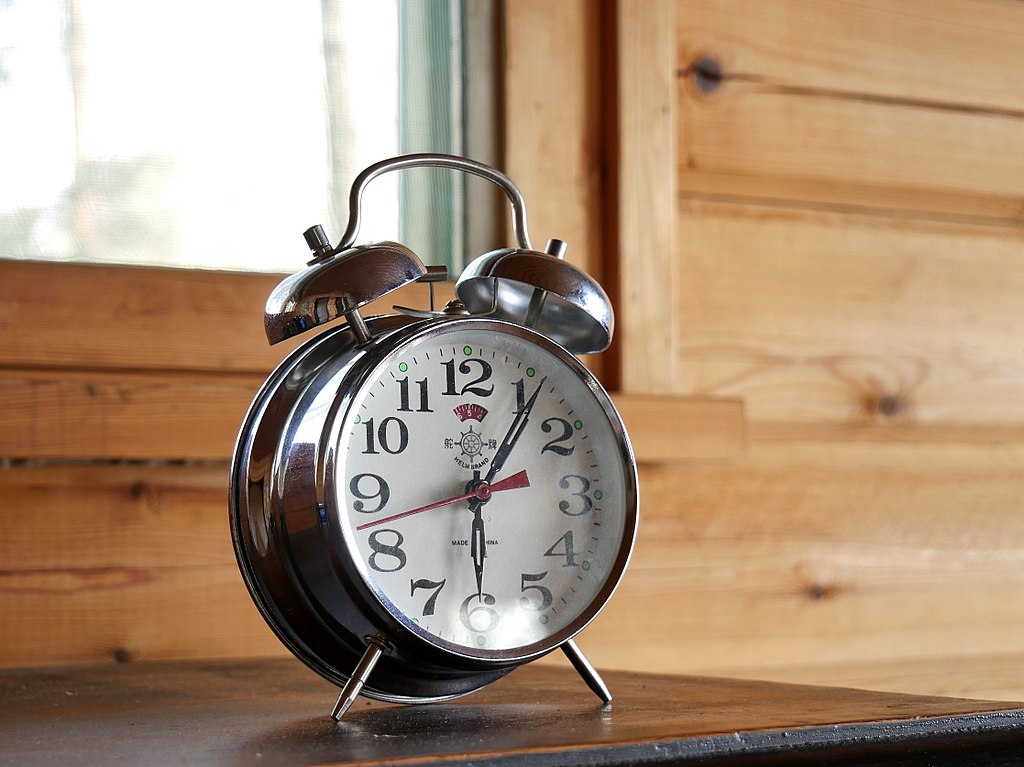




![Google satellite view of 1112 Stanley road in Augusta [Google Earth]](https://www.karmactive.com/wp-content/uploads/2025/04/Augusta-National-Spent-200M-on-270-Acres-but-One-338000-Home-Still-Stands-on-Stanley-Road-720x360.png)
